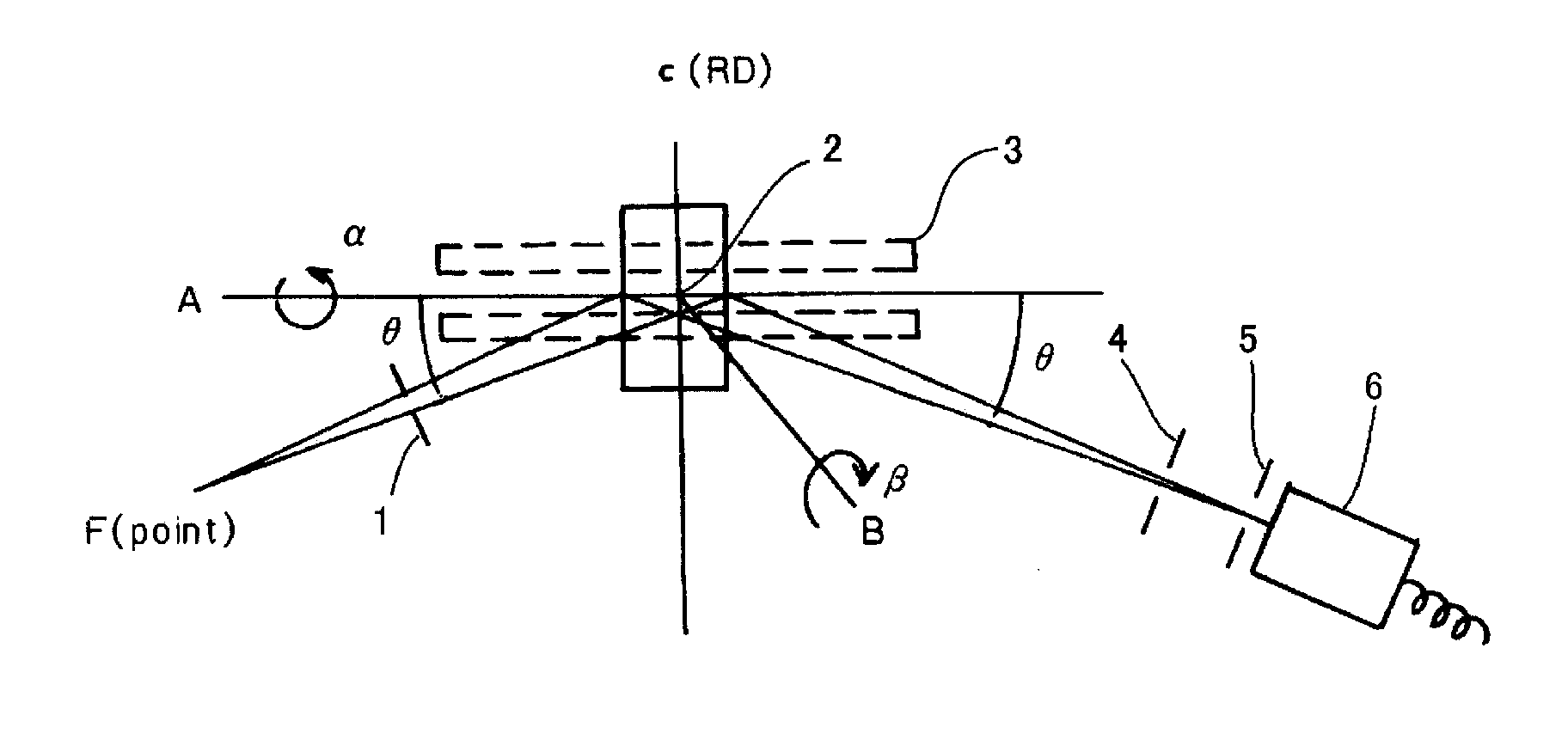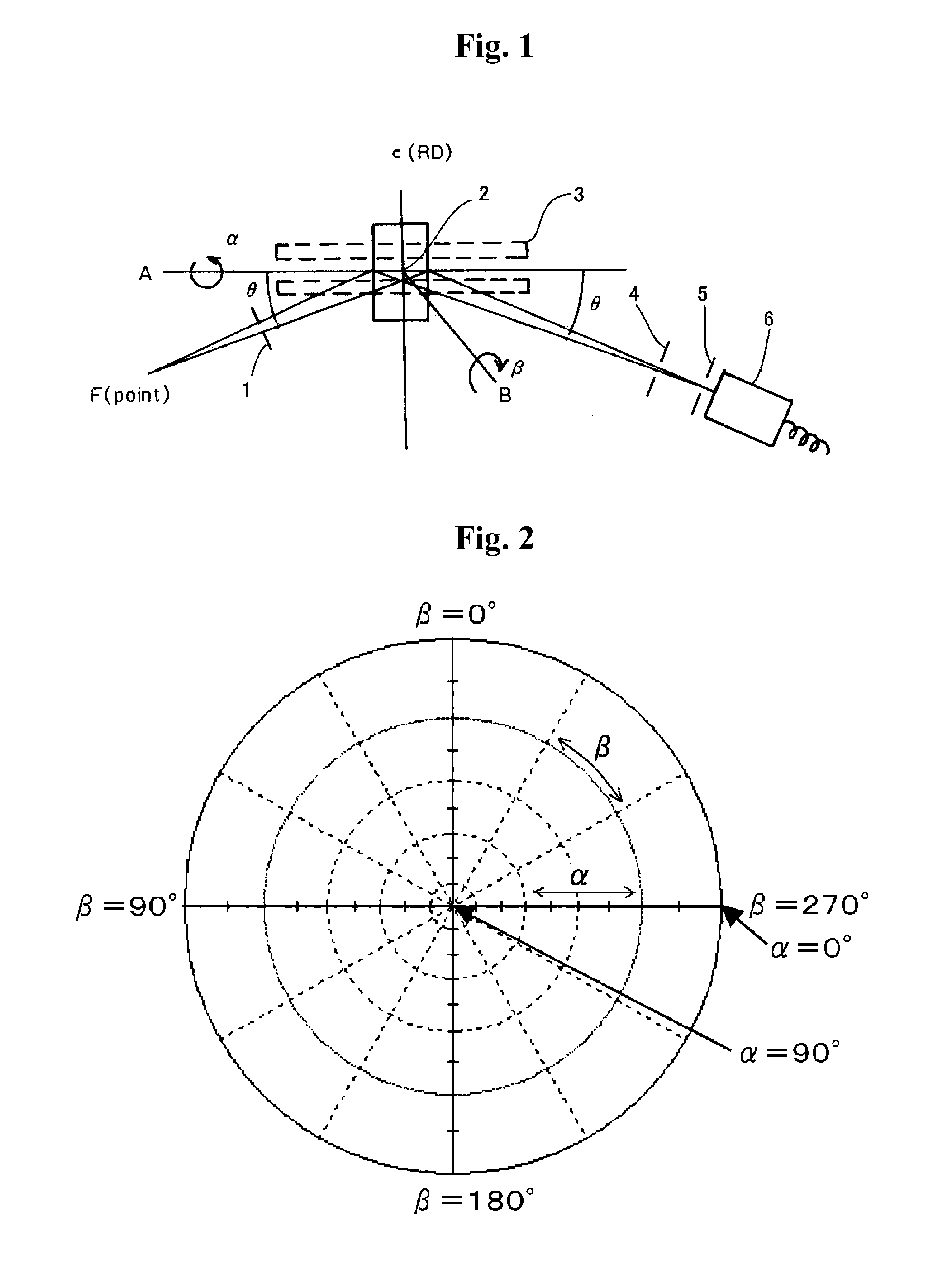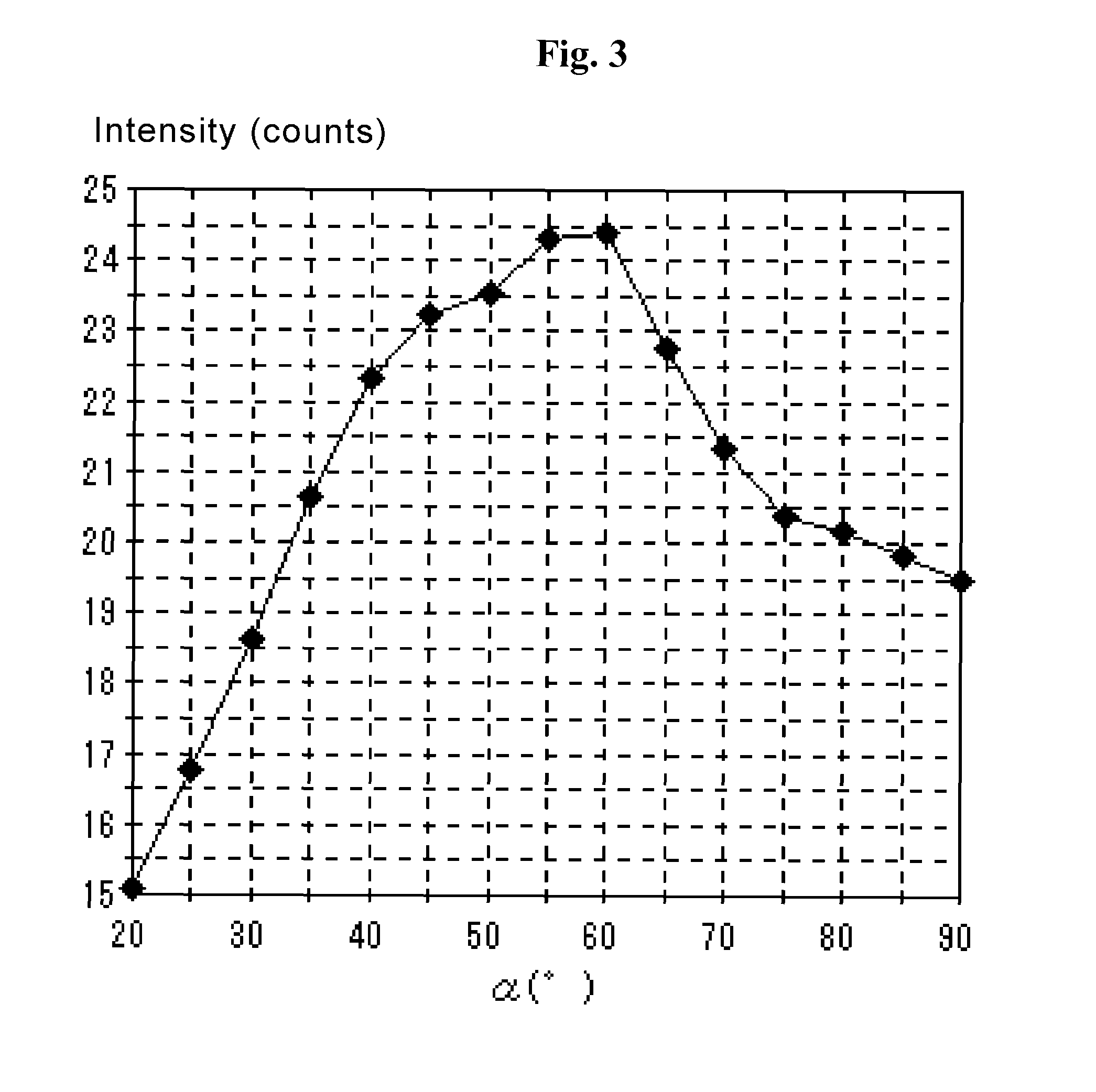Coated member
a technology of coating and adhesive layer, applied in the field of coating member, can solve the problems of inability to obtain a long life-time, and achieve the effects of excellent adhesiveness to the substrate, excellent wear resistance, fracture resistance and oxidation resistan
- Summary
- Abstract
- Description
- Claims
- Application Information
AI Technical Summary
Benefits of technology
Problems solved by technology
Method used
Image
Examples
example 1
[0036]As a substrate, an insert made of a cemented carbide corresponding to S10 with a shape of CNMG120408 was prepared. With regard to Present products, a metal target corresponding to a metal element and an Si element of a coating shown in Table 1 was charged in an AIP device. The substrate was charged in the AIP device, a substrate temperature was raised by a heater to 700° C., and Ar gas bombardment was carried out to the substrate. A starting gas(es) selected from Ar, N2, O2 and CH4 depending on the composition of the coating was introduced into the AIP device, and by adjusting a pressure to 3 Pa, coating was carried out by the first coating step at a substrate bias voltage: −20 to −70V, and an arc discharge current: 160 A during the time shown in Table 2. After completion of the coating at the first coating step, while maintaining the pressure, the substrate temperature was lowered to 550° C., and the substrate bias voltage was gradually adjusted from −20 to −70V to −100 to −1...
example 2
[0047]As a substrate, an insert made of a cemented carbide corresponding to S10 with a shape of CNMG120408 was prepared. With regard to Present products, a metal target corresponding to a metal element and an Si element of a coating shown in Table 5 was charged in an AIP device. The substrate was charged in the AIP device, a substrate temperature was raised by a heater to 650° C., and Ar gas bombardment was carried out to the substrate. A starting gas(es) selected from Ar, N2 and CH4 depending on the composition of the coating was introduced into the AIP device, and by adjusting a pressure to 3.5 Pa, coating was carried out by the first coating step at a substrate bias voltage: −30 to −60V, and an arc discharge current: 150 A during the time shown in Table 6. After completion of the coating at the first coating step, while maintaining the pressure, the substrate temperature was lowered to 500° C., and the substrate bias voltage was gradually adjusted from −30 to −60V to −80 to −100V...
example 3
[0057]As a substrate, an insert made of a cemented carbide corresponding to S10 with a shape of CNMG120408 was prepared. With regard to Present products, a metal target corresponding to metal elements of a coating shown in Table 9 was charged in an AIP device. The substrate was charged in the AIP device, a substrate temperature was raised by a heater to 650° C., and Ar gas bombardment was carried out to the substrate. A starting gas(es) selected from Ar, N2 and CH4 depending on the composition of the coating was introduced into the AIP device, and by adjusting a pressure to 3.5 Pa, coating was carried out by the first coating step at a substrate bias voltage: −30 to −50V, and an arc discharge current: 120 to 160 A during the time shown in Table 10. After completion of the coating at the first coating step, while maintaining the pressure, the substrate temperature was lowered to 500° C., and the substrate bias voltage was gradually adjusted from −30 to −50V to −80 to −110V, and coati...
PUM
| Property | Measurement | Unit |
|---|---|---|
| thickness | aaaaa | aaaaa |
| temperature | aaaaa | aaaaa |
| temperature | aaaaa | aaaaa |
Abstract
Description
Claims
Application Information
 Login to View More
Login to View More - R&D
- Intellectual Property
- Life Sciences
- Materials
- Tech Scout
- Unparalleled Data Quality
- Higher Quality Content
- 60% Fewer Hallucinations
Browse by: Latest US Patents, China's latest patents, Technical Efficacy Thesaurus, Application Domain, Technology Topic, Popular Technical Reports.
© 2025 PatSnap. All rights reserved.Legal|Privacy policy|Modern Slavery Act Transparency Statement|Sitemap|About US| Contact US: help@patsnap.com



